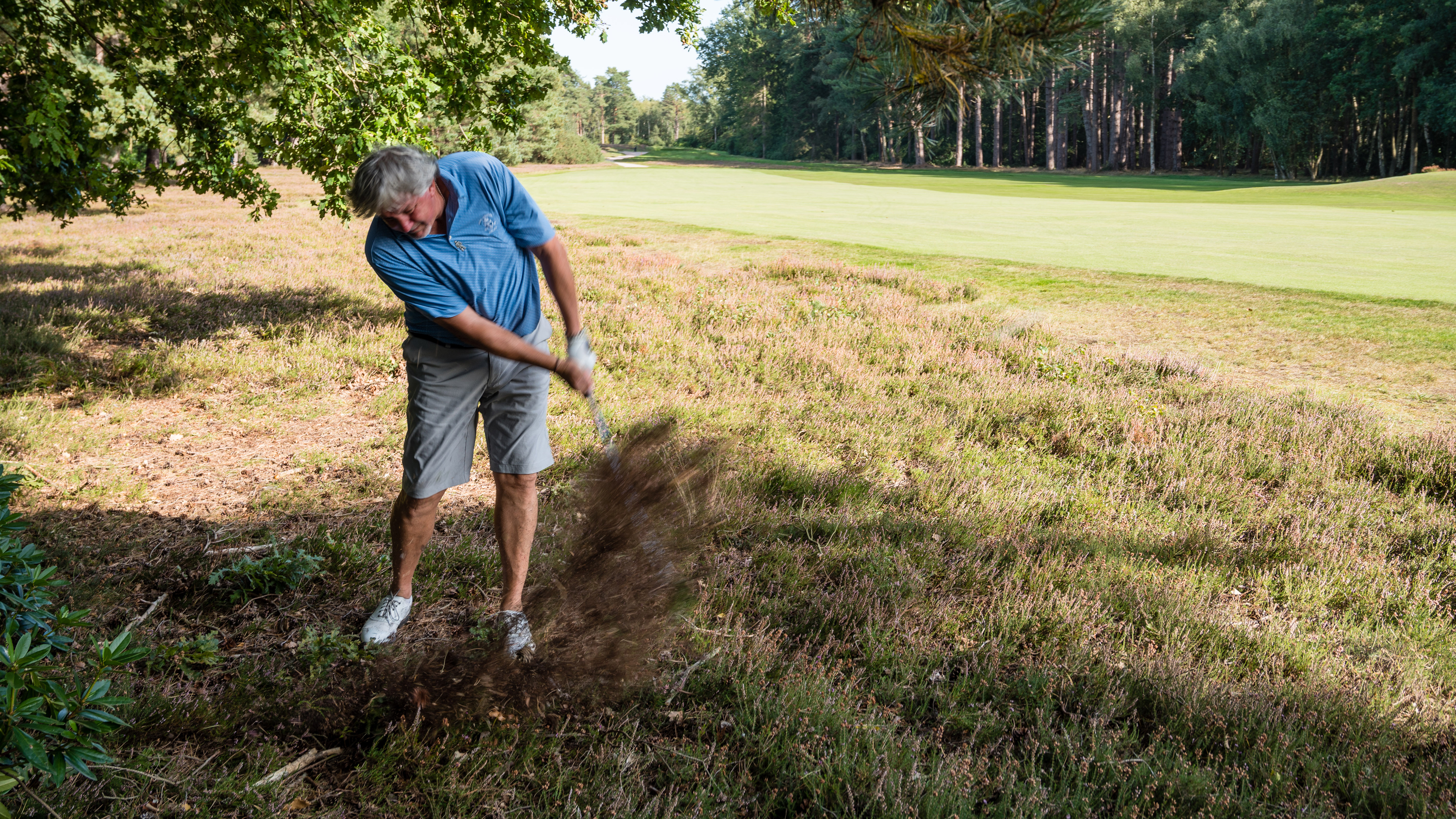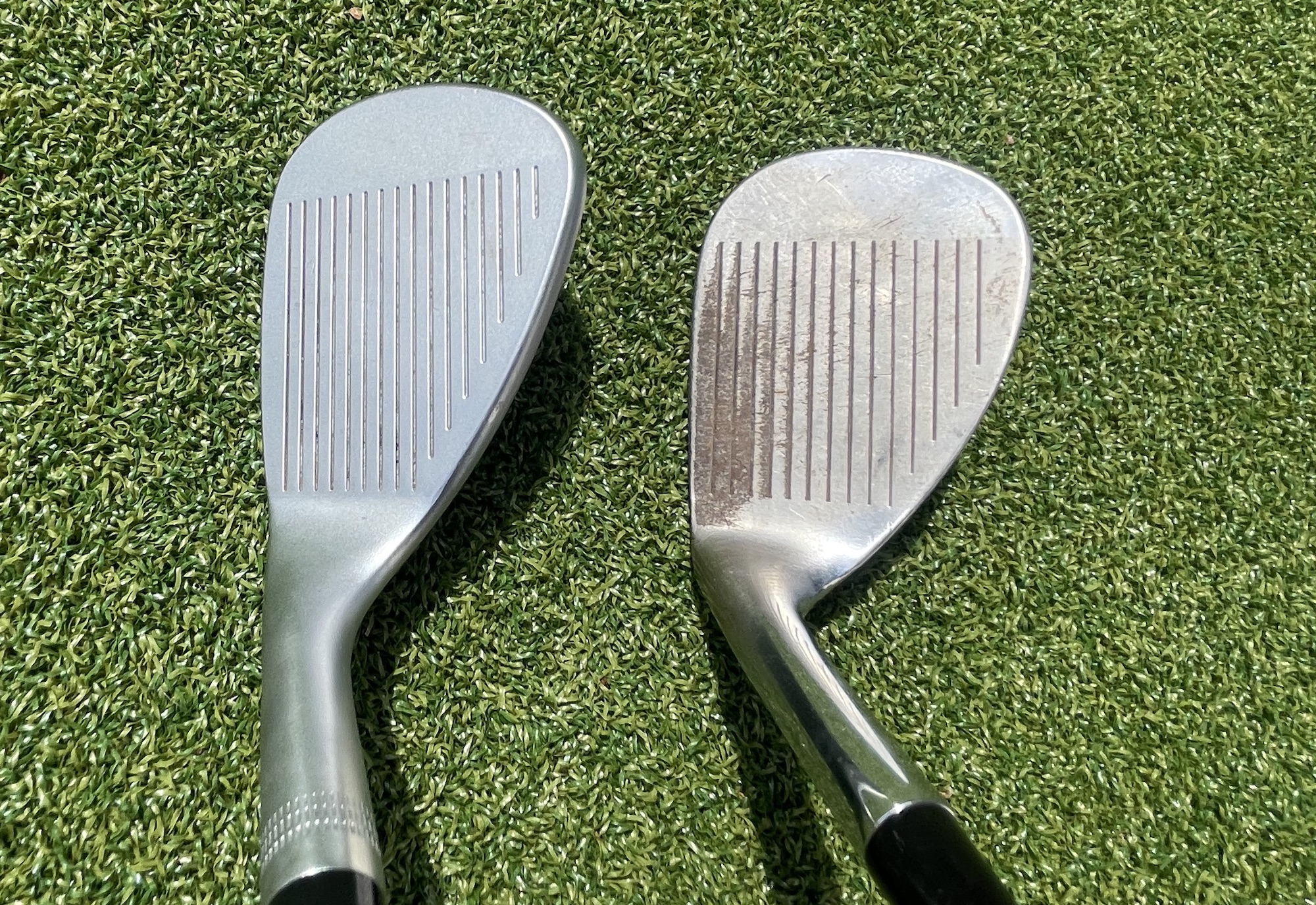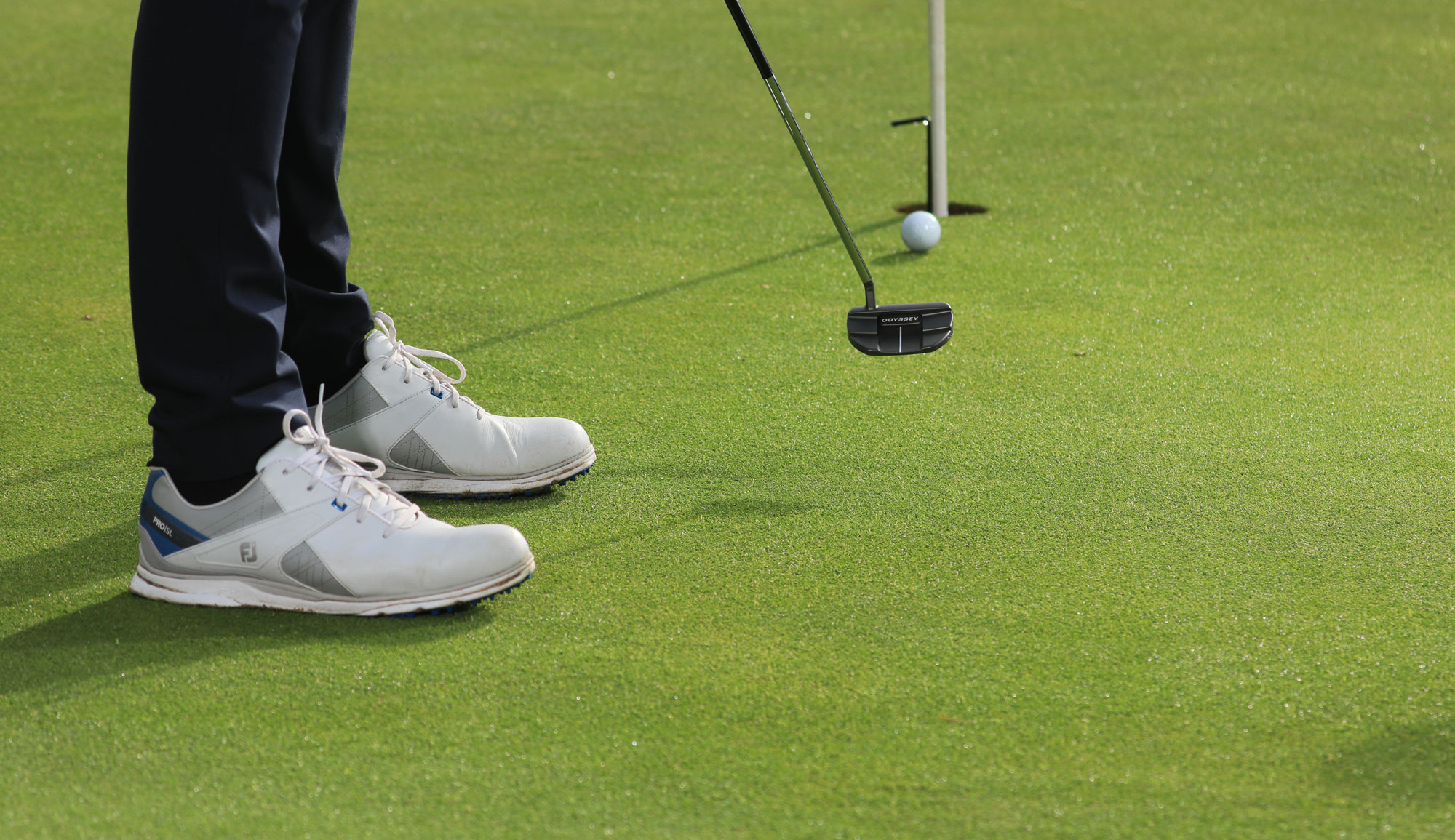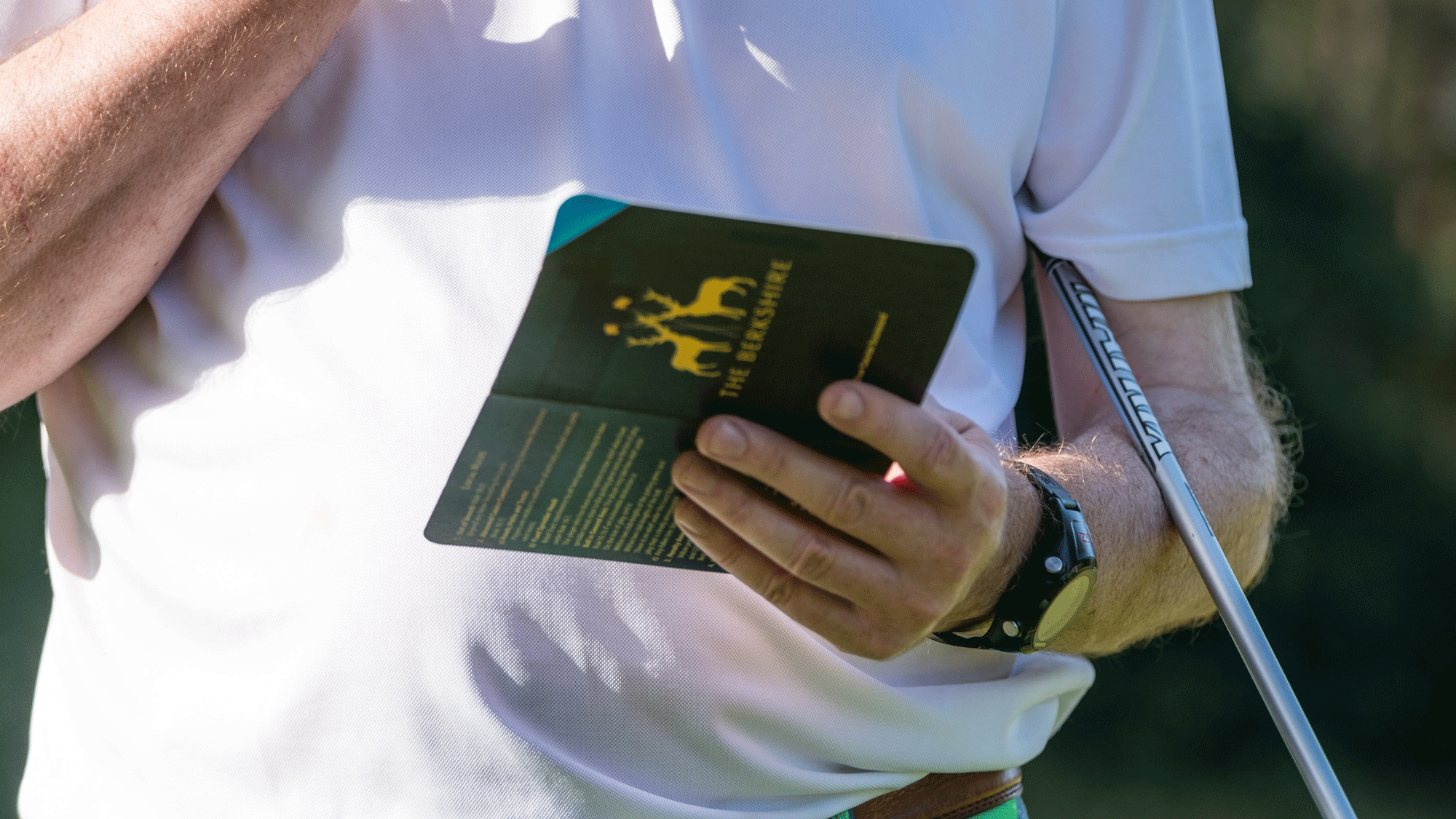9 Things You Can Learn From Bad Golfers
It's not just good golfers who can teach us things, but poor ones too. Eliminating these common bad-golfer mistakes from your game will help you save shots


Whilst it’s true that you can improve your game by watching the best players in the world, it’s also true that you can learn a lot about the game by watching bad golfers play.
Before we delve into what it is exactly that you can learn from bad golfers, let’s be clear on one thing: we are not poking fun at bad golfers (we have one or two of those in the office).
The purpose of this article is to highlight a few of the things that high handicappers have a tendency to do, which we would advise you not to copy.
We should also point out that this is not an article that attempts to detail the perfect drive or golf swing, so we’re steering clear of swing tips and too much technical stuff here.
If you’re keen to lower your handicap and stop being referred to as a ‘bad golfer, or if you’re a beginner looking to start your golf journey with plenty of good habits, read on…
1. Tee height

Teeing the ball up too high is a common fault, especially amongst beginners. For some, it’s tempting to tee the ball up nice and high no matter what club you have in your hand, believing that it will make it easier to get that little white thing in the air.
With driver, it’s important to understand that we are trying to hit the ball on the up so the bottom of the swing arc is just before the golf ball. That way the club is travelling up towards the golf ball.
Subscribe to the Golf Monthly newsletter to stay up to date with all the latest tour news, equipment news, reviews, head-to-heads and buyer’s guides from our team of experienced experts.
2. Playing Hollywood shots
We don’t want to suck the joy out of the game by telling you that you can’t play a huge high slice up over the trees with your 3-iron over into the wind, from a fairway bunker, but how often do you see a high handicapper pull off a shot like this?
Give the Hollywood shots a go on the range, have a go at something extraordinary in a friendly round with your buddies, or if you really want to shoot lower scores, play the percentages.
3. Compounding mistakes

Very rarely will you see a Tour player follow one bad shot with another. Bad golfers, however, will frequently play a succession of bad shots, before picking up their ball in disgust. Often they’ll try a Hollywood shot (see above), instead of doing what the pros do when they’ve played their way out of position – take their medicine.
So, the next time you’ve found the heather or the long rough, take out a wedge (that’s right, put that 5-iron away) and get yourself back in play. Boring, maybe, but very wise.
4. Not knowing yardages

There’s no excuse for this, especially given how incredibly easy it has become to make a record of how far we hit each club. Poor golfers will often have no idea of how far each club travels. ‘Oh, my sand wedge does everything from about 100 yards,’ is something you might hear a lot.
To really maximise your scoring potential and get your handicap tumbling down, get yourself custom fit, and let a qualified PGA professional help you to dial in those yardages.
5. Playing with the wrong clubs

Again, this might be a bit of a generalisation, but those golfers with high handicaps (not all) tend to play with clubs straight off the shelf. In other words, they give custom fitting a swerve.
For the player who plays one or twice a year, at the most, there’s nothing wrong with this. However, anyone who’s serious about lowering their scores but doesn’t bother to go for a custom fitting needs to, as the saying goes these days, ‘Give their head a wobble.’
There are a number of benefits of getting custom fit for golf clubs, and it’s one of the quickest ways to lower your scores. What’s more, it’s the really high handicap players that often have the most to gain from having one.
6. Rushing

This is something golfers of all levels do from time to time, even the professionals. Sometimes it can be down to a loss of focus, sometimes frustration can creep in.
Beginners and high handicap players will sometimes rush shots because they’re too eager. This is often witnessed on the greens and especially with short putts, where players don’t give the two-footers the attention they deserve, almost as if they want to get them out of the way as soon as possible.
We’re not saying putts of 18 inches to two feet need to be lined up from every angle. However, even if you do find yourself nervous over the short ones, rushing them is unlikely to a good long-term solution.
7. Hitting the ball too hard

We blame Bryson DeChambeau and all the big hitters for this! How can you not watch these players hit 350-plus drives and not find yourself wanting to really go after the ball.
Watch these players in slow motion, however, and everything, normally, is perfectly in sync – and they absolutely nail the basics. You just can’t cheat when it comes to the fundamentals of golf.
8. Poor counters

Again, this is not something that applies purely to bad golfers. However, if you did a piece of research of which golfers were the worst at scoring, we’re fairly confident it would be the high handicapper.
We’ll leave it that. Basically, learn how to keep track of your score and tot up your Stableford score and you’ll be fine.
9. Aiming left

One of the most common mistakes bad golfers make – and we’re talking bad golfers with a slice, here – is to aim further left (right-handers).
If you’re lucky, it might work once or twice; you might even think you’ve suddenly found the cure for the slice. You haven’t – it’ll only make your slice more aggressive.

Michael has been with Golf Monthly since 2008. A multimedia journalist, he has also worked for The Football Association, where he created content to support the England football team, The FA Cup, London 2012, and FA Women's Super League. As content editor at Foremost Golf, Michael worked closely with golf's biggest equipment manufacturers and has developed an in-depth knowledge of this side of the industry. He's a regular contributor, covering instruction, equipment, travel and feature content. Michael has interviewed many of the game's biggest stars, including seven World No.1s, and has attended and reported on numerous Major Championships and Ryder Cups around the world. He's a member of Formby Golf Club in Merseyside, UK.